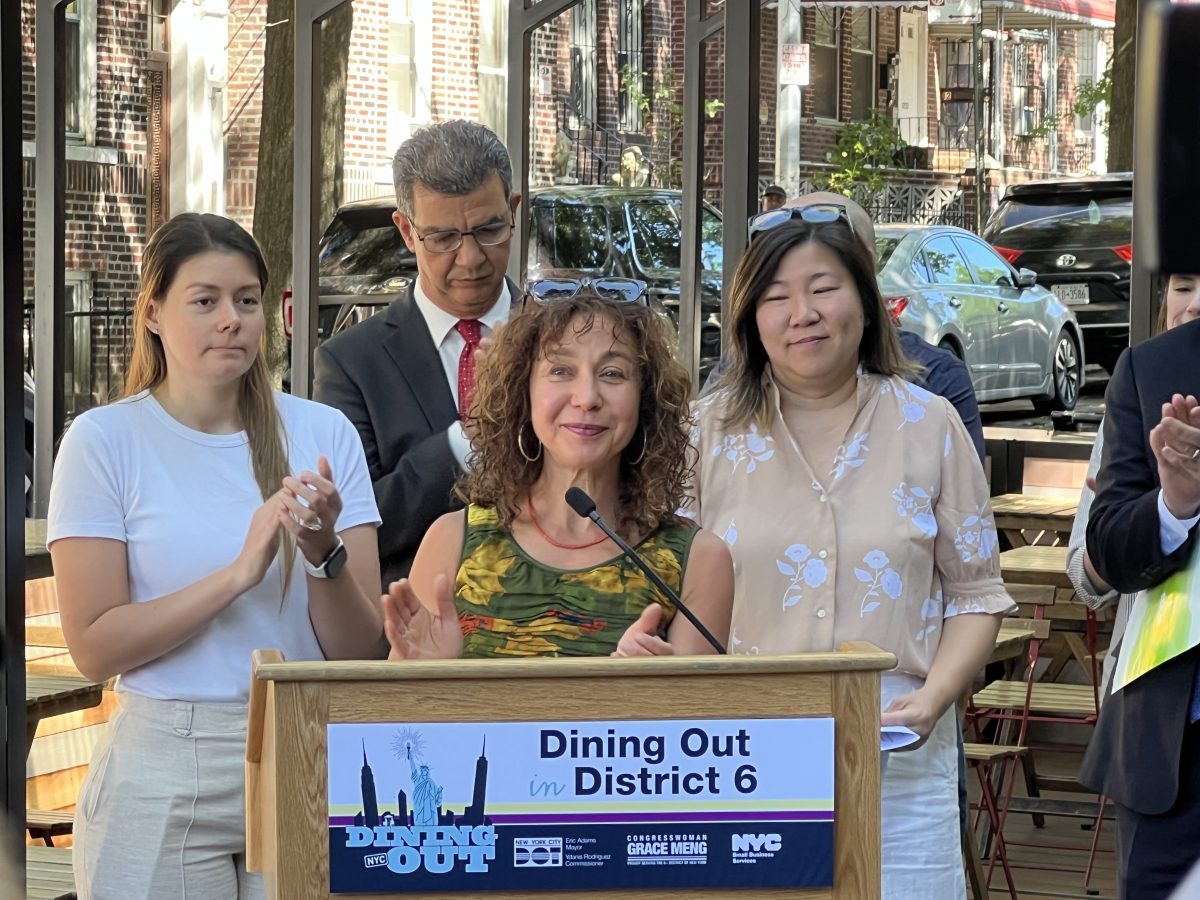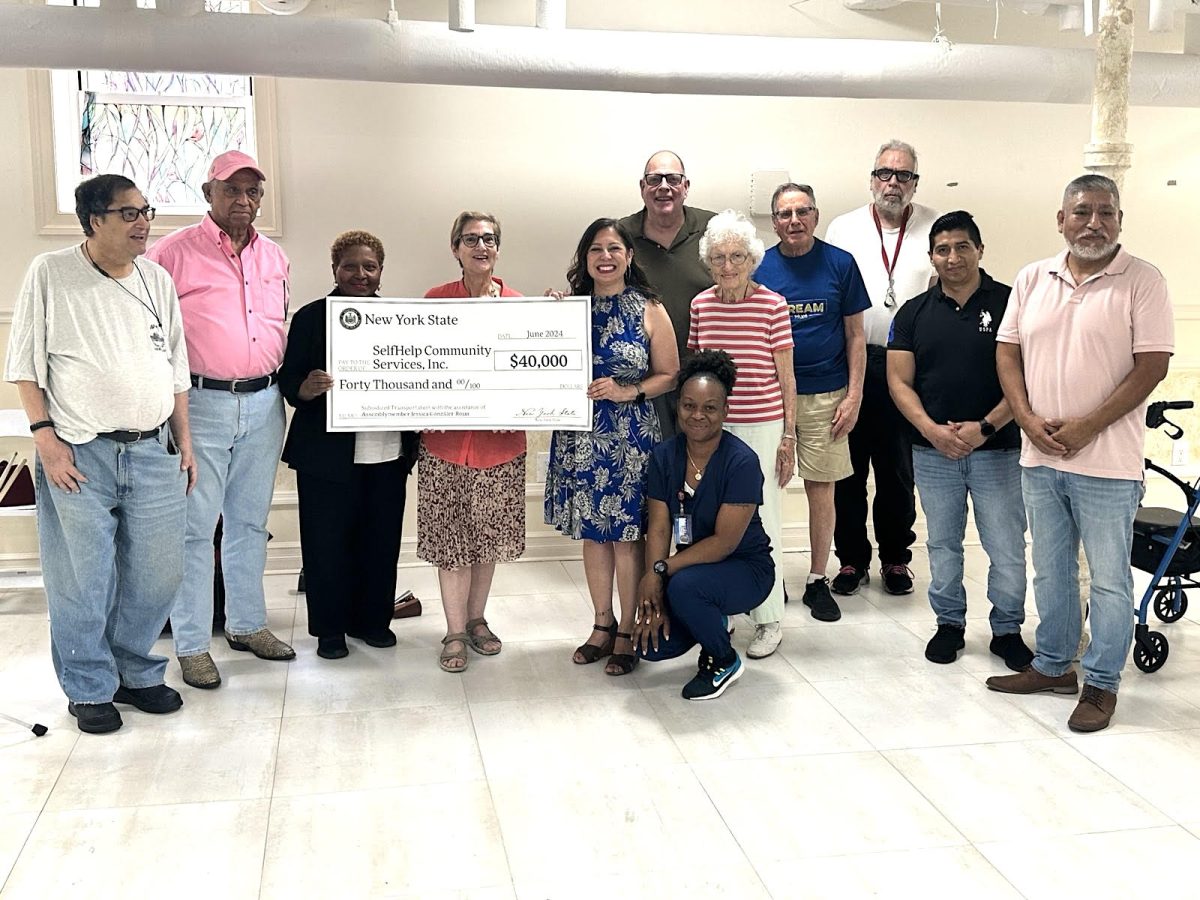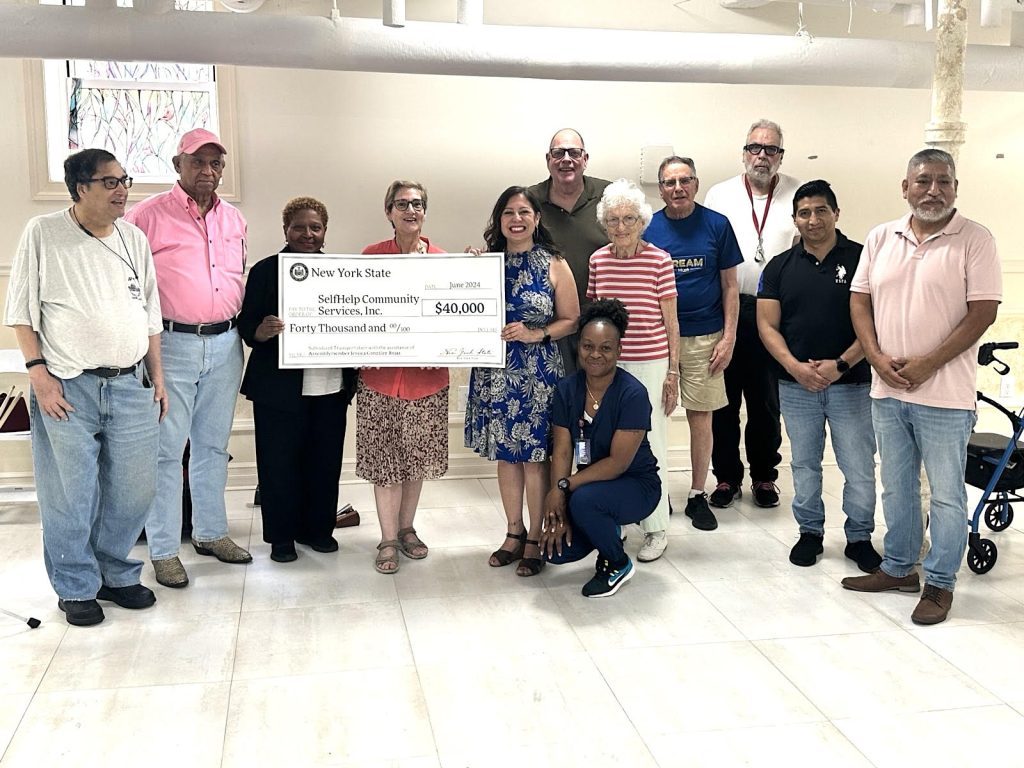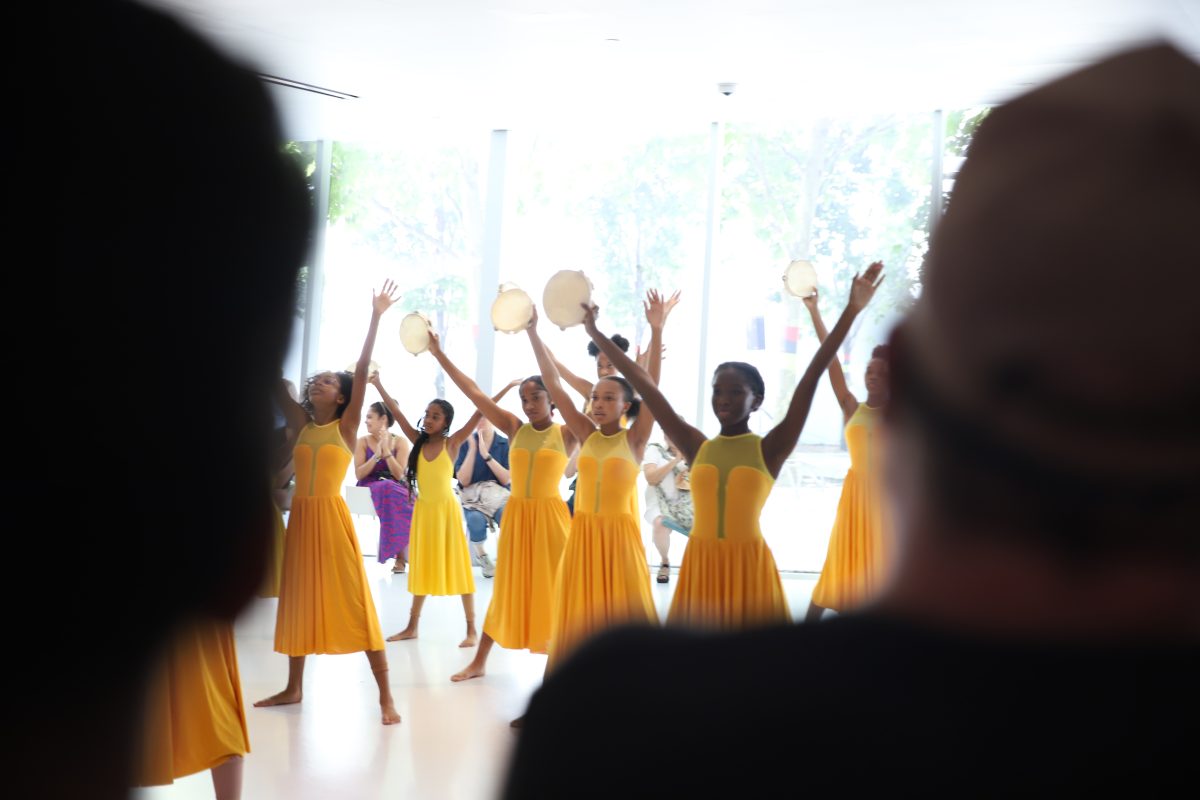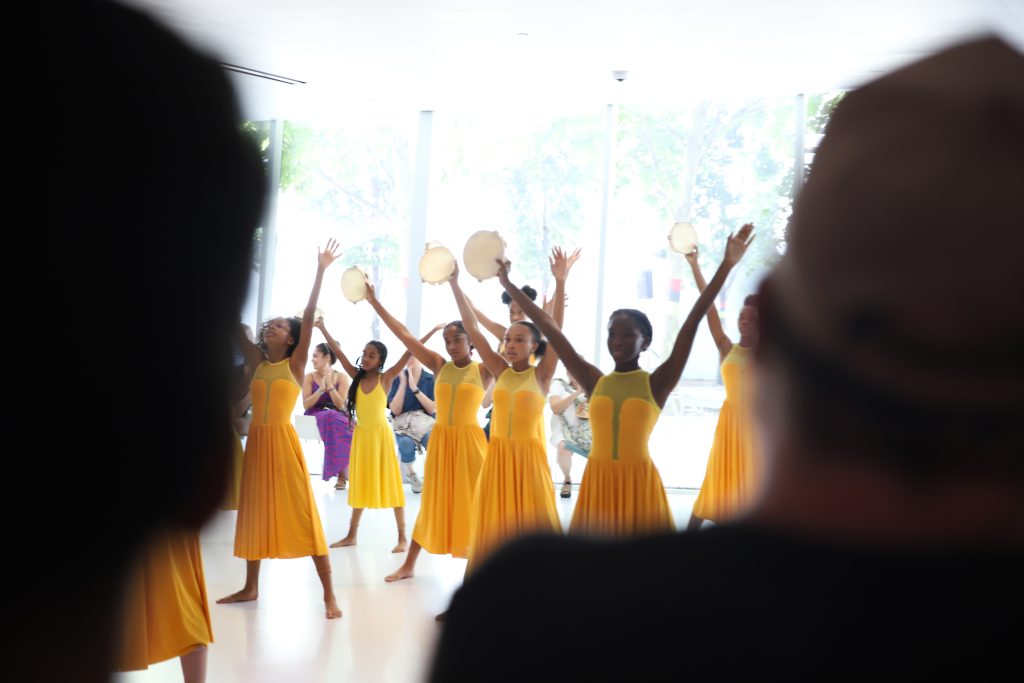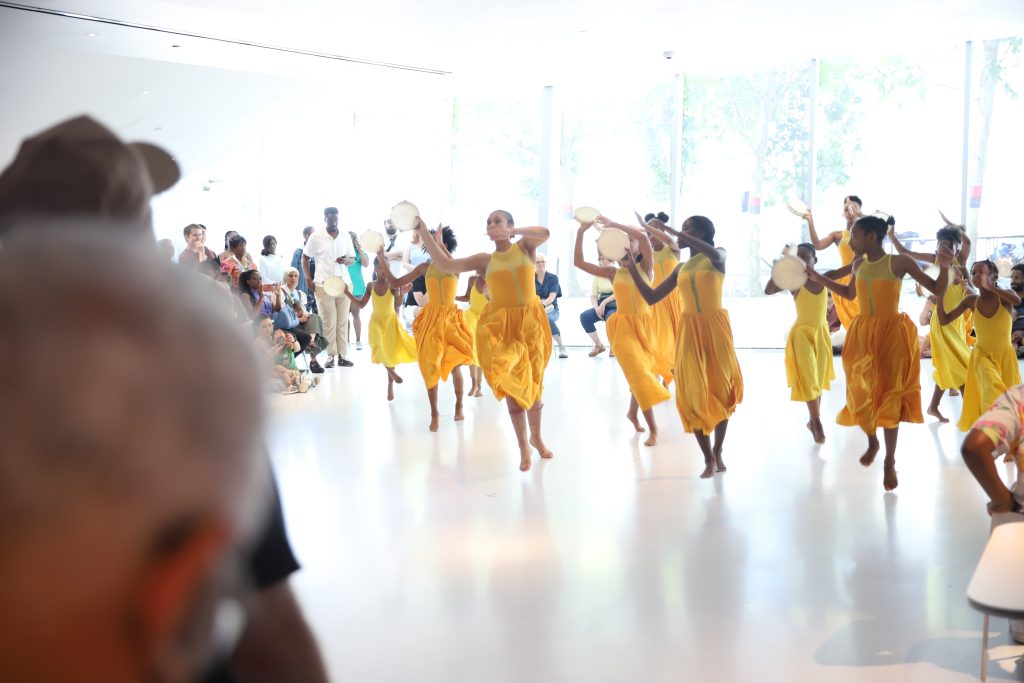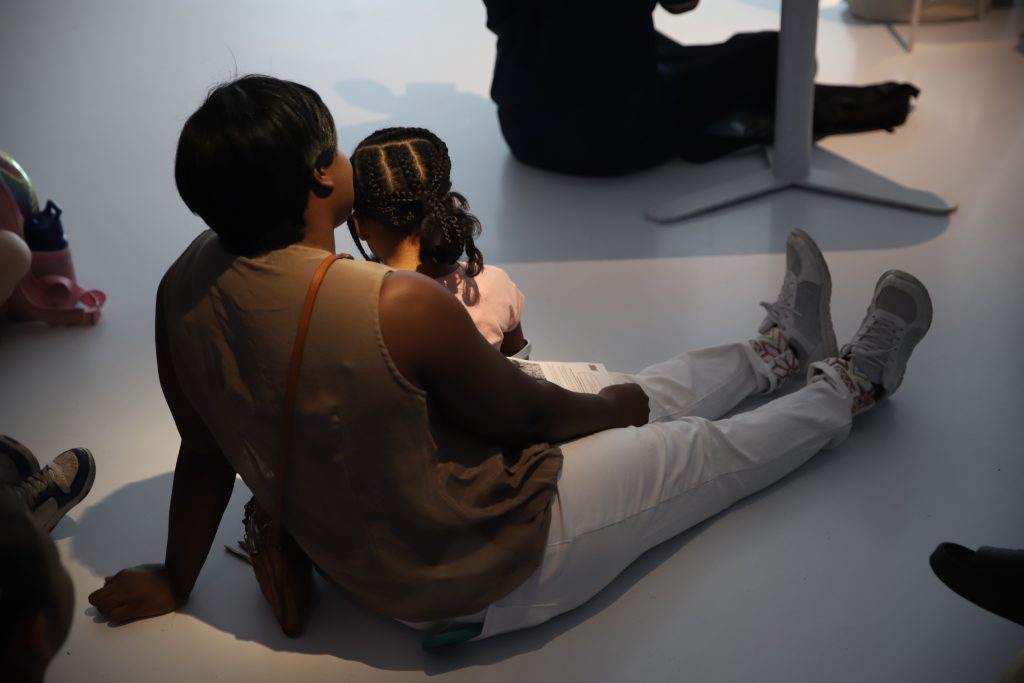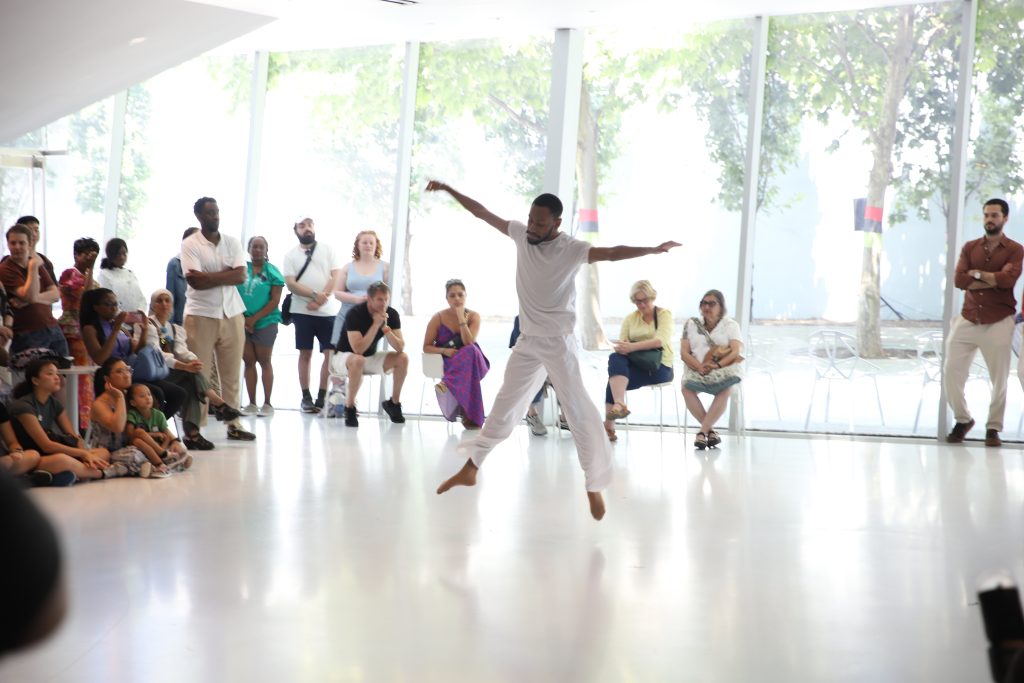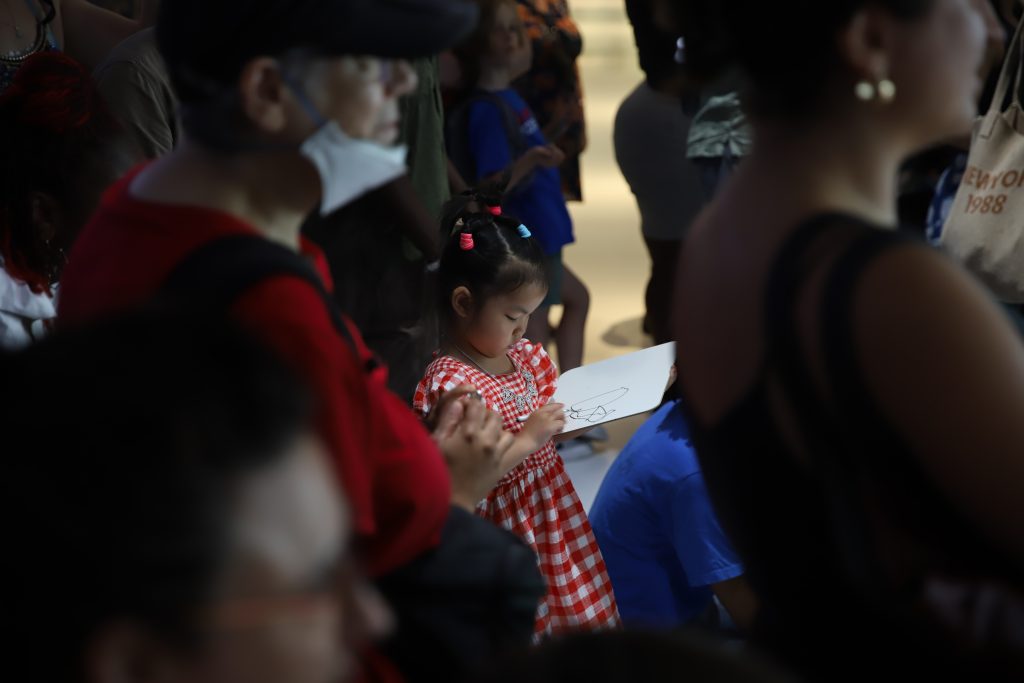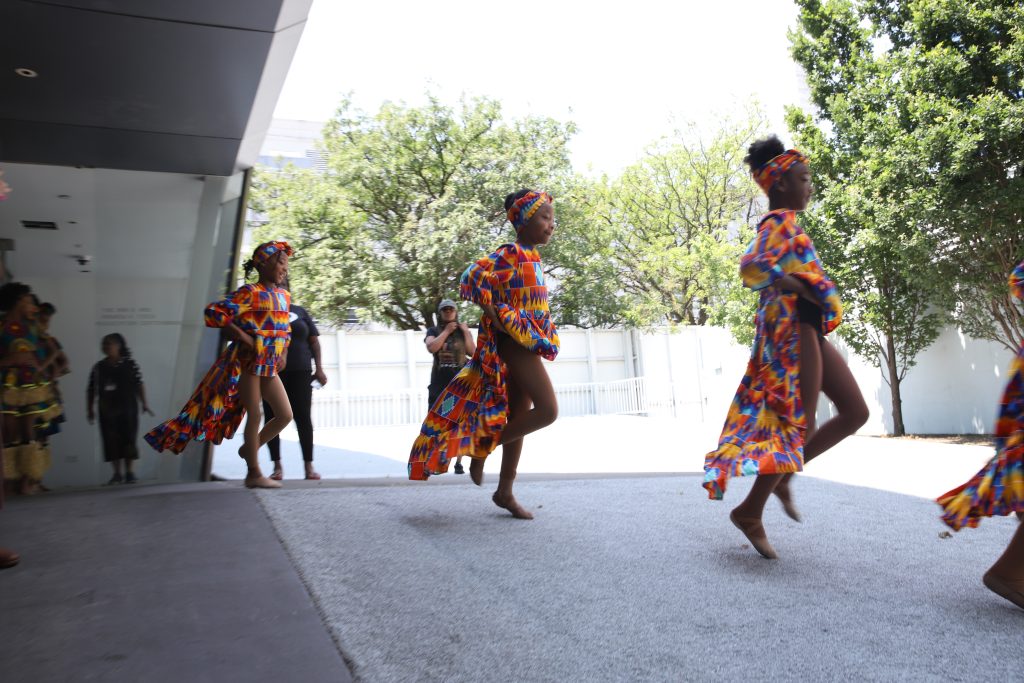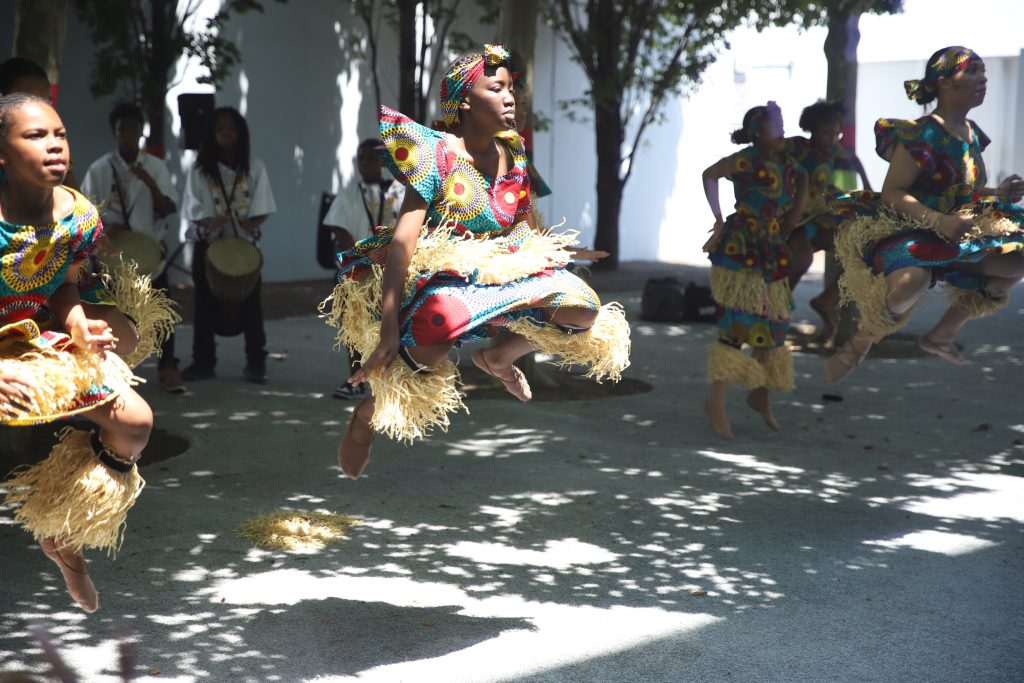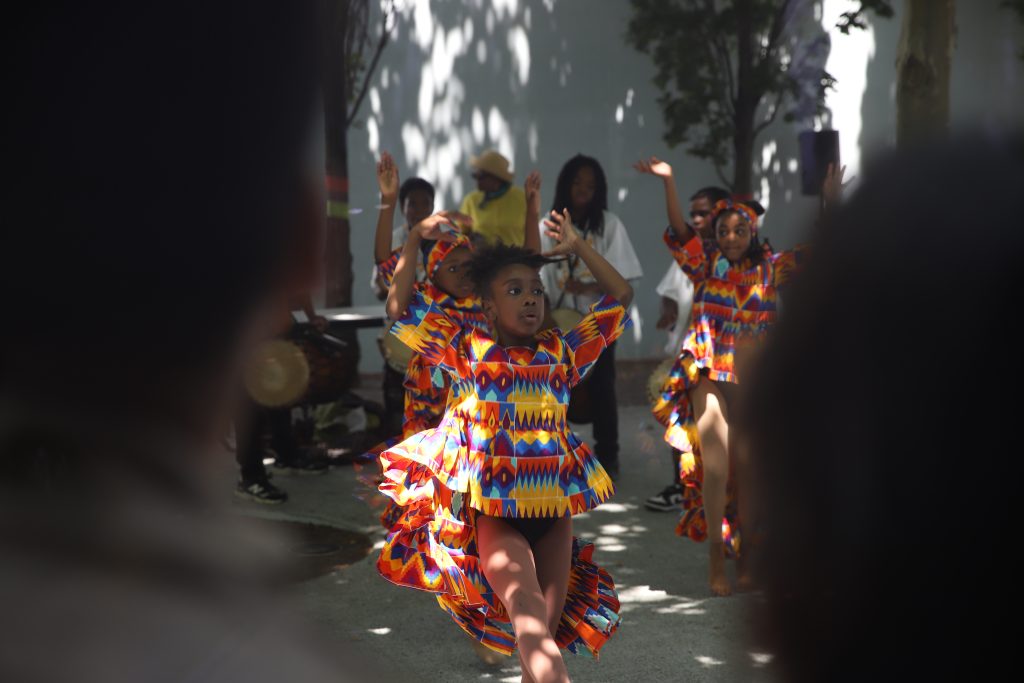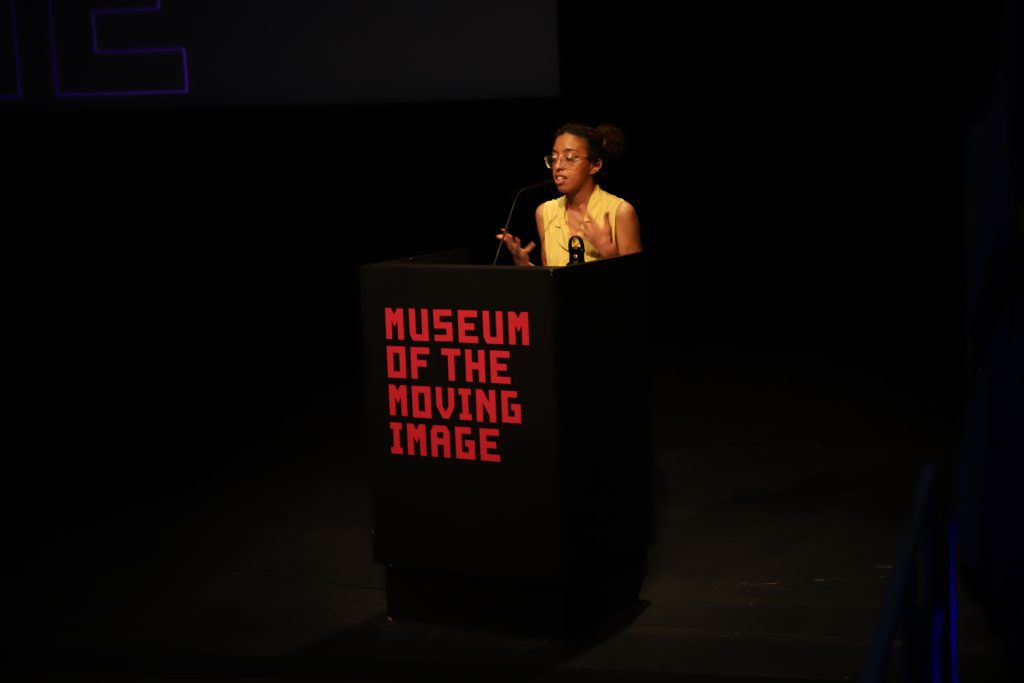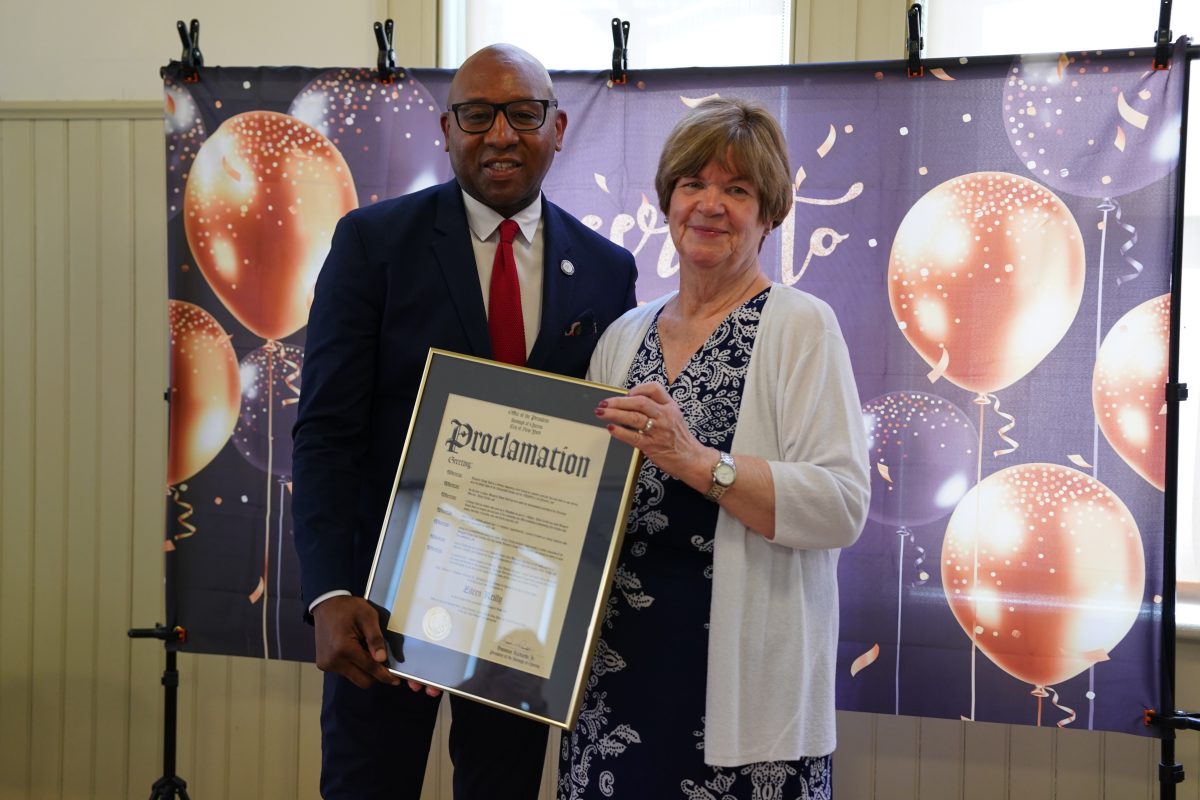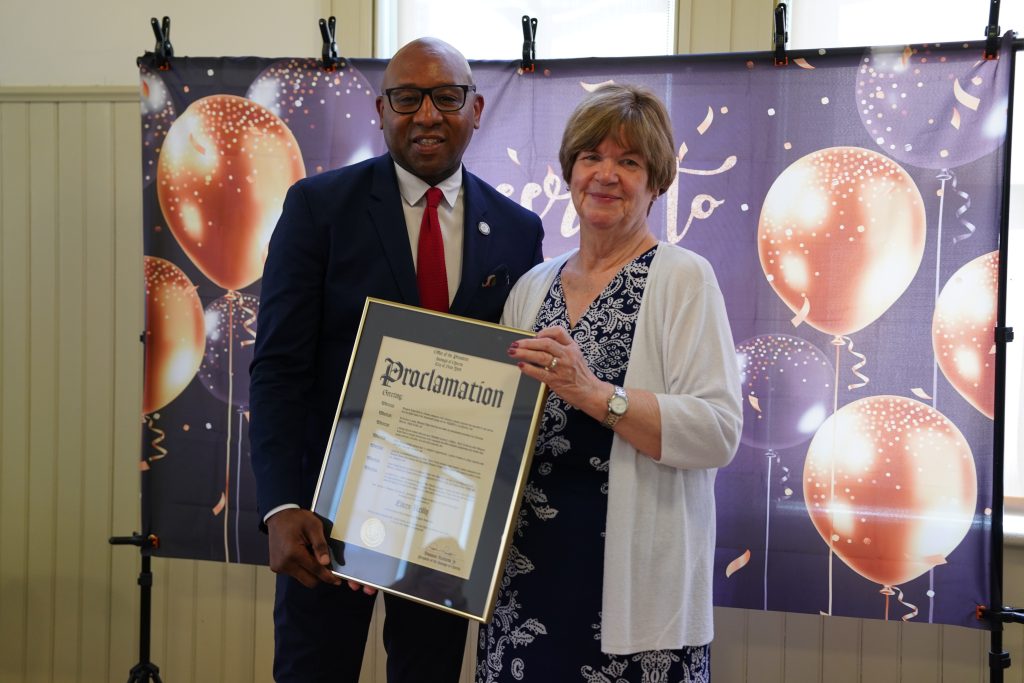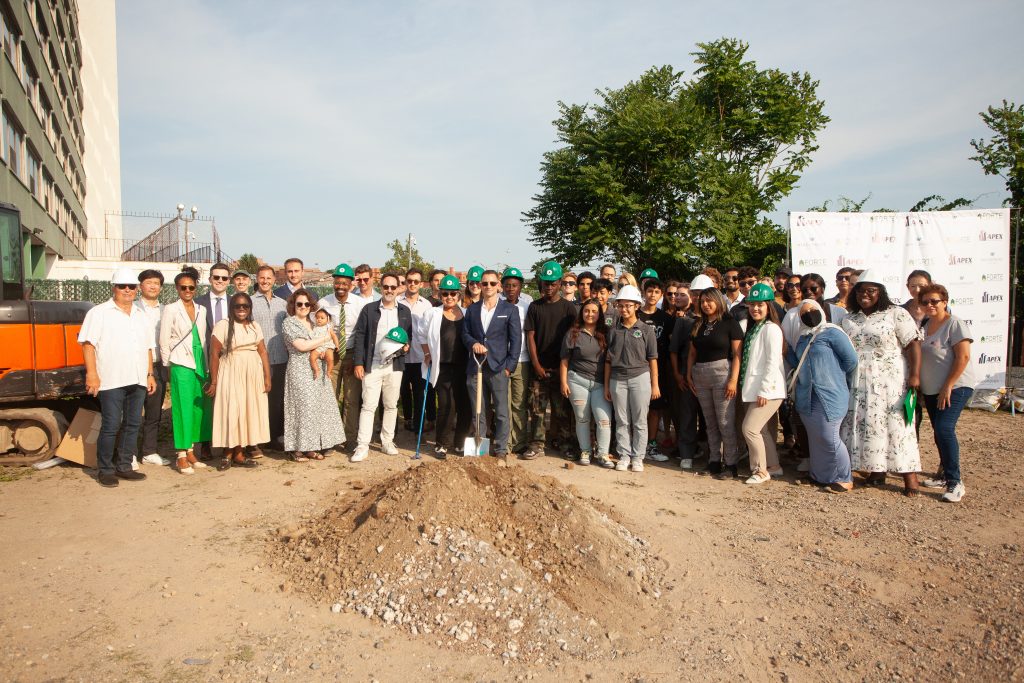Meng Secures $2M for 60 Outdoor Dining Structures in Queens
By Celia Bernhardt | cbernhardt@queensledger.com
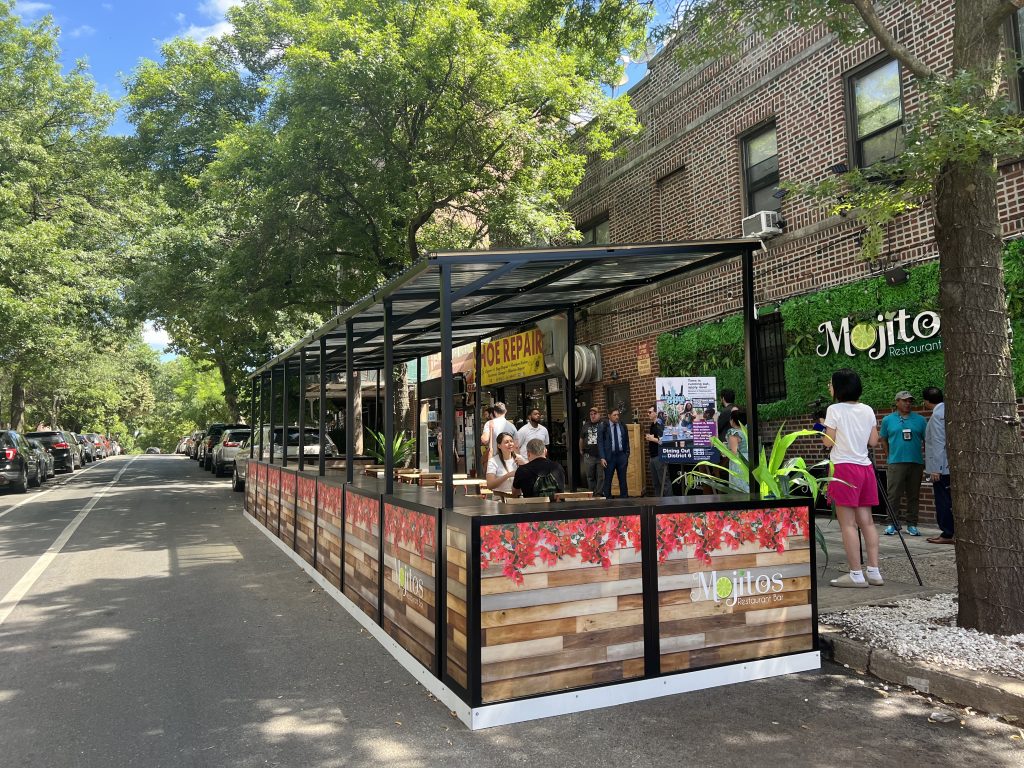
A new outdoor dining structure for Mojitos Restaurant Bar in Jackson Heights. Credit: Celia Bernhardt
Thanks to $2 million in federal funding secured by Congresswoman Grace Meng, 60 restaurants in Queens are getting an outdoor dining makeover to bring them into compliance with new city rules.
The Congresswoman celebrated the funding at a press conference with other local representatives and officials from the Adams administration in front of Mojitos Restaurant Bar in Jackson Heights, one of the establishments to receive the funding.
“I believe that we must provide our restaurants with the tools that they need to succeed, and that’s why I’m thrilled to have fought for and secured this vital funding totaling $2 million,” Meng said to the crowd. “These free dining setups will help dozens of restaurants in my congressional district here in Queens grow and thrive, and just in time for summer.”
The event was also an opportunity for officials from the Adams administration to show off a real-life example of the kind outdoor dining structures they hope businesses will adopt as they crack down on the sheds that were built during the COVID-19 pandemic.
“For the city of New York, we are going to take over from Paris and become the global destination for outdoor dining because of this.” Small Business Services commissioner Kevin Kim said.
The outdoor dining sheds that popped up throughout the city during the COVID-19 pandemic have been a subject of hot debate. Some call them “eyesores,” arguing that they attract rats and aren’t worth the lost parking; others emphasize that they have served as an economic boost to restaurants and are a positive example of street space being used for dining and socializing.
The city released a final set of rules for a permanent, standardized outdoor dining program in February. Among those rules: the structures must be completely open-air and include a drainage system; they must close down by midnight and cannot take up metered parking spots (but can use loading zones); and they can only stand between April and November. Restaurant owners must put them in storage during the winter months.
Deputy Mayor for Operations Meera Joshi told the crowd that the structure set up for Mojitos and other establishments included water-filled barriers in order to ward away rats.
“This is a real advancement. Don’t sleep on this detail. The other ones were soil-filled. So, you know who likes to live in soil? They don’t like to live in water, so it makes a big difference in terms of hygiene and making sure that these are sanitary,” Joshi said.
Though Mojitos and other restaurants in Meng’s district may be lucky to receive the assistance, most restaurant owners will have to pay their own way to implement the changes. A spokesperson for SBS said that restaurant owners would likely need to spend about as much on the new structures as they did to set up their original sheds, as the city aims to make them comparable in cost.
“The Dining Out NYC website is a marketplace that has a whole list of different kinds of setups,” SBS representative Joseph Jordan said. “Some cheaper, some are more expensive.”
“In general we’re saying $15,000 to $25,000 that these business owners are getting in benefit by having a setup like this,” another representative for the agency said.
When asked whether she was concerned for other restaurants throughout the city that might not get the same support as the 60 she sponsored in her district, Meng said her “solution is not necessarily a long term one.”
“It was just a way to get these kits for free for my restaurants. Obviously, I wish I could leave a magic wand and the city could provide them for free for all the restaurants,” Meng said.
Restaurant owners must apply online by August 3 to participate in the city’s outdoor dining program — otherwise, they forfeit their outdoor spaces entirely.


